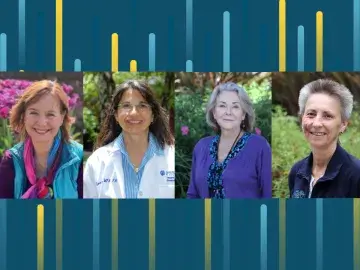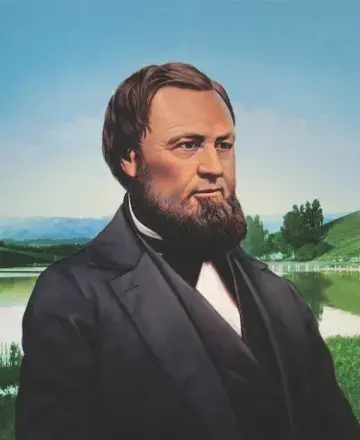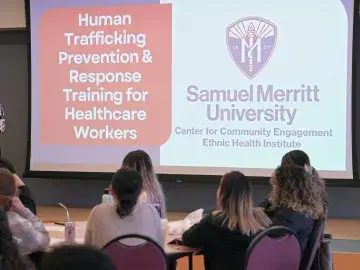Video: Pictogram Creates Universal Language for Medical Instructions
Twice a year students and faculty from Samuel Merritt University travel to a remote region of Panama to provide free healthcare and medications to indigenous populations.
A few years ago, on a return trip, Mike DeRosa, MPH, PhD, PA-C, chair of the Master of Physician Assistant program, made a startling observation: Many of the bags of medications students had distributed were tossed into the corner of huts, unused by their patients.
It turned out the indigenous residents had trouble reading and comprehending the instructions, which were written in Spanish — a second language for many. Leaving meds behind — and if used improperly by children or the elderly — presented a potentially dangerous outcome for the residents and created a dilemma for the healthcare providers.
“If we were going to do more harm than good,” DeRosa recalled, “then we didn’t want to come back.”
DeRosa and his collaborator Dr. Suzanne August set out to design instructions for medication that any one could understand, no matter their native language or reading level.
But how to illustrate and convey “morning” or “breakfast time” when the clients don’t use a plate and fork to eat in the morning?
And how to convey “take meds at bedtime” if the patients don’t sleep in a bed?
With a helpful suggestion from a high school art student, DeRosa created what he now calls the “Pictogram” — illustrated instructions for medications that use the sun and moon as the time reference.
After distributing the Pictogram with meds on a subsequent trip, DeRosa and students collected data to determine whether the new system worked, and whether patients were taking their pills properly.
As the video shows, the results were astounding.
And the broader implications are that anyone who has trouble reading instructions on pill bottles — no matter where they live or their reading level — may have found a solution.
“Literacy is a social determinant in health,” DeRosa says. “People who can read do better… And so, by finding an innovative solution to that problem, whether it’s in Panama or our community here in Oakland, we’re able to provide care with greater confidence and greater safety and hopefully, greater efficacy for the patients we serve.”


